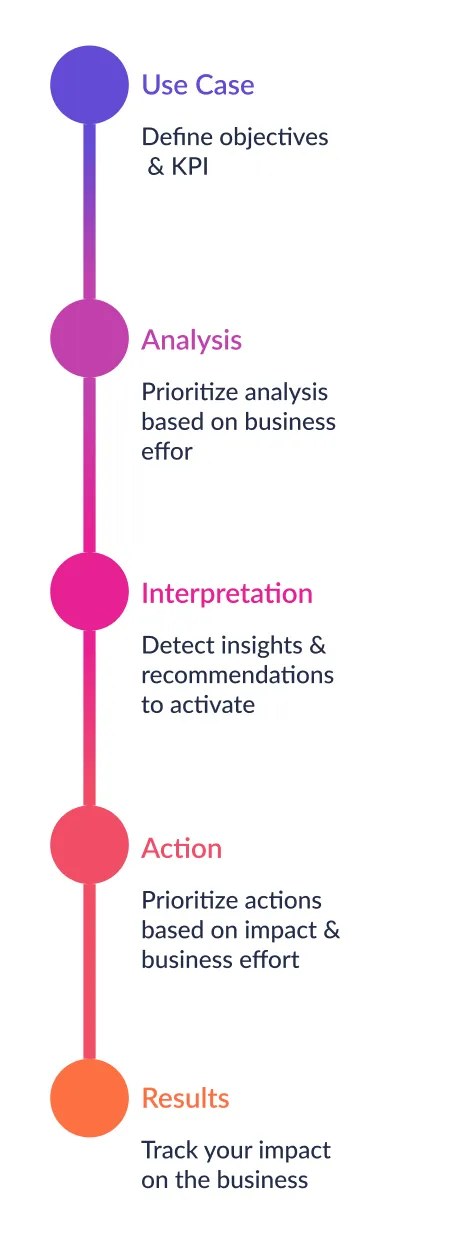Boost your conversions, Elevate your eCommerce
Conversion Rate Optimization (CRO) is the secret sauce that can transform your website's visitors into loyal customers. We're here to guide you through the exciting world of CRO and provide you with the tools you need to succeed.
What is CRO
Conversion Rate Optimization (CRO) is a systematic process of improving a website or landing page to increase the percentage of visitors who take a desired action. This desired action, known as a "conversion," can vary depending on the goals of a website or business, but common examples include making a purchase, filling out a contact form, subscribing to a newsletter, or downloading a resource.
CRO involves analyzing user behavior, conducting tests, and making data-driven changes to the website's design, content, and functionality to make it more effective at persuading visitors to convert. The ultimate aim is to maximize the value you get from your website traffic and digital marketing efforts.
Why CRO Matters
Increase Revenue
Optimizing your conversion rates means more sales and higher revenue.
Maximize Marketing ROI
Get the most out of your marketing efforts by converting more visitors into customers.
Enhance User Experience
CRO helps you create a seamless, user-friendly website that keeps visitors coming back for more.
Data-driven decisions
Make informed decisions based on data and analytics.
Your Path to Conversion Success
Our FREE CRO Roadmap Template is your ticket to successful conversions. Here's what it offers:


Get started with CRO today by downloading our FREE CRO Roadmap Template.
Here are key components of Conversion Rate Optimization
- Data Analysis: CRO starts with collecting and analyzing data to understand how users interact with your website. This includes tracking user journeys, click-through rates, bounce rates, and other relevant metrics.
- Goal Setting: Clearly define your conversion goals. What specific actions do you want visitors to take on your site? Understanding your objectives is essential for CRO.
- Hypothesis Formation: Based on data analysis and industry best practices, formulate hypotheses about what changes to your website could improve conversion rates. For example, you might hypothesize that changing the color of a call-to-action button will make it more noticeable and lead to more conversions.
- Testing: A/B testing (split testing) is a common method in CRO. It involves creating two or more versions (A, B, C, etc.) of a webpage with variations in design, content, or functionality. Visitors are randomly assigned to one of these versions, and their interactions are tracked to determine which version performs better in terms of conversions.
- Optimization: Based on the results of A/B tests and other data, make informed changes to your website. These changes could include modifying headlines, images, button placements, form fields, or overall site structure.
- Iterative Process: CRO is an ongoing process. Once you've made changes, continue to monitor performance, test new hypotheses, and refine your website further.
- User Experience (UX) Improvement: Enhancing the user experience is often a significant part of CRO. This may involve simplifying navigation, improving page load times, ensuring mobile-friendliness, and addressing issues that cause friction in the conversion process.
- Content Optimization: Tailoring your content to match user intent and needs is crucial for CRO. High-quality, relevant content can persuade visitors to take action.
- Personalization: Personalizing content and offers based on user behavior and preferences can have a significant impact on conversion rates.
- Performance Metrics: Continuously monitor and measure the impact of CRO efforts using key performance indicators (KPIs) such as conversion rate, click-through rate, bounce rate, and revenue generated.